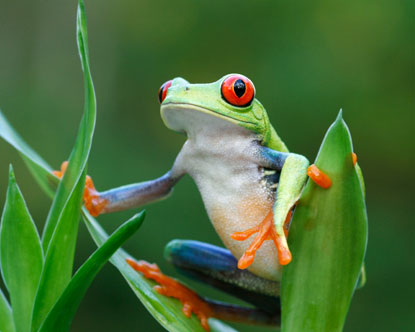Thought Groups and Linking Practice
Read the following text about spider webs. First, divide the text into reading chunks (thought groups). Then, mark the linking you find within each thought group. Don’t forget to apply the rules studied before. And don’t link over punctuation marks.

Spider Webs
The web of a spider is not only a thing of beauty, but it is also practical. It serves as the spider’s home and as a trap to catch the food.
The silk of the spider’s web has amazing strength. Although the silk sometimes has a diameter of only 1/1,000 of an inch, it is stronger than steel. The silk of a spider’s web also has amazing stretching qualities. It can be stretched by nearly 20% of its length before breaking!
There are seven kinds of spider silk; however, most spiders produce only three or four kinds. The different kinds of silk have different uses. To make the frame of the web, spiders produce a heavy, dry silk. To form the trap to catch insects, they create a sticky kind of silk. The silk is produced from a series of organs called spinnerets.
Spiders are excellent construction engineers. With their fragile silk threats they can estimate places of stress and strain in a web, make connections, and measure angles.
There are 40,000 species of spiders, but not all of them spin webs. Usually, the best web makers are female. There are thousands of types of webs, from simple ones to more complex types.
Probably the best known web is the orb web. Its design is spectacular. It has a central hub with a number of radial threats going out from the hub connecting it to nearby plants. Other threats connect the radial threats to form a lovely pattern.
It takes a spider about four and one half hours to spin a web, including time for rest periods.

Get a copy of the exercise here!












